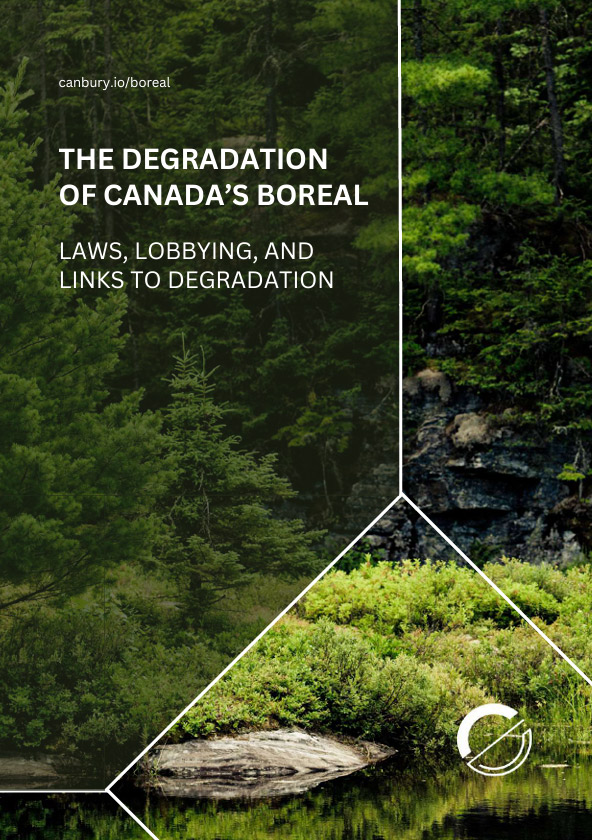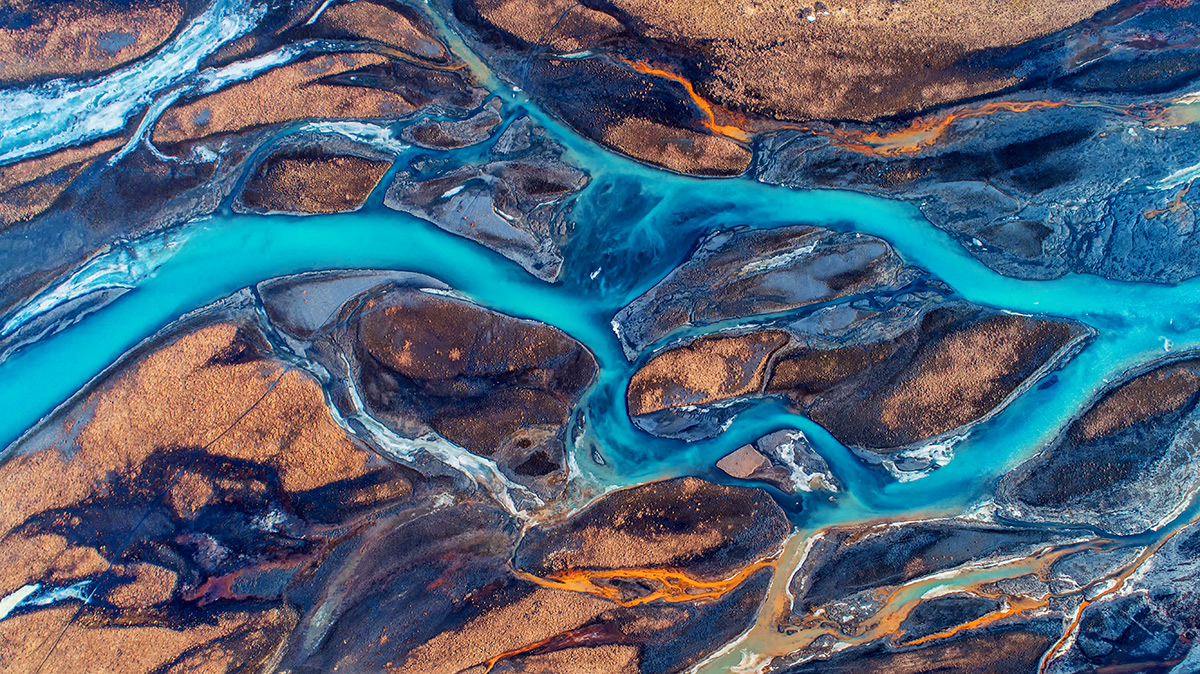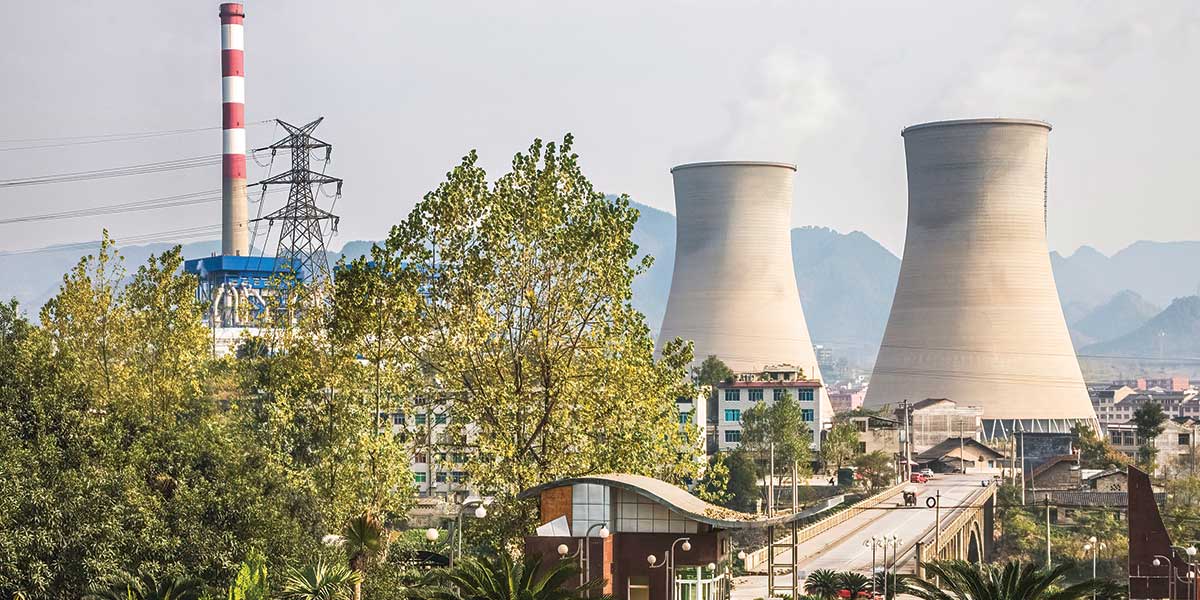Canada’s boreal forest belongs on the radar of risk-minded investors.
That became clear to me after two days last weekend on an investor-focused tour of the region, which forms part of the largest terrestrial carbon sink on Earth. It’s also a habitat for an abundance of wildlife, home and an area of cultural significance for Indigenous Peoples, and a linchpin of Canada’s economy in industries ranging from energy and mining to timber and tourism.
In short, the Canadian boreal provides a range of ecosystem services that impact the global economy, nature and climate change. It’s also at risk. Climate-driven wildfires and the impacts of industry endanger the forest in ways that can degrade its health over time, threatening lives and livelihoods across Canada and beyond.
Those risks are detailed in a report by Canbury Insights published this week in the run-up to PRI in Person, the annual gathering on responsible investments that starts on Tuesday in Toronto. The report, which is designed to advance PRI’s Spring stewardship initiative for nature, provides a guide for investors that:
- Highlights the forest’s importance
- Shows why measuring the integrity and degradation of the forest matters as much as monitoring deforestation
- Details the raft of domestic and international policies that are impacting the region, and
- Identifies the specific trade associations and companies engaged in lobbying on those policies.
Asset locations of companies identified with lobbyist activities

Source: MSCI Sustainability Institute. Map and analysis by MSCI ESG Research using MSCI Geospatial Asset Intelligence. Lobbying categories provided by Canbury Insights. (2024); Brandt, J. P. The extent of the North American boreal zone. Environ. Rev. 17, 101–161 (2009); Schipper, A. M. et al. Projecting terrestrial biodiversity intactness with GLOBIO 4. Glob. Change Biol. 26, 760–771 (2020).
For investors who choose to engage the companies that Canbury has identified in its analysis, the report includes supplementary analysis from the MSCI Sustainability Institute that details the companies’ asset locations, activities, and record of impact on the environment and communities. Our aim is to provide a more holistic view of each company that can inform high-quality engagement.
Our tour of the boreal took us to Thunder Bay, Ontario, where we met with Mike Garbutt, the CEO of Clean Air Metals, a publicly listed miner of platinum, copper and palladium in the boreal about 40 kilometers north of Thunder Bay. The company’s Thunder Bay North Critical Minerals Project aims to mine one of the few deposits of high-grade platinum outside of South Africa. We also heard from Nature Conservancy of Canada/Conservation de la nature Canada about the ecology of the boreal as well as the group’s Nature + Climate Projects Accelerator, which is developing carbon projects to support the group’s conservation goals.
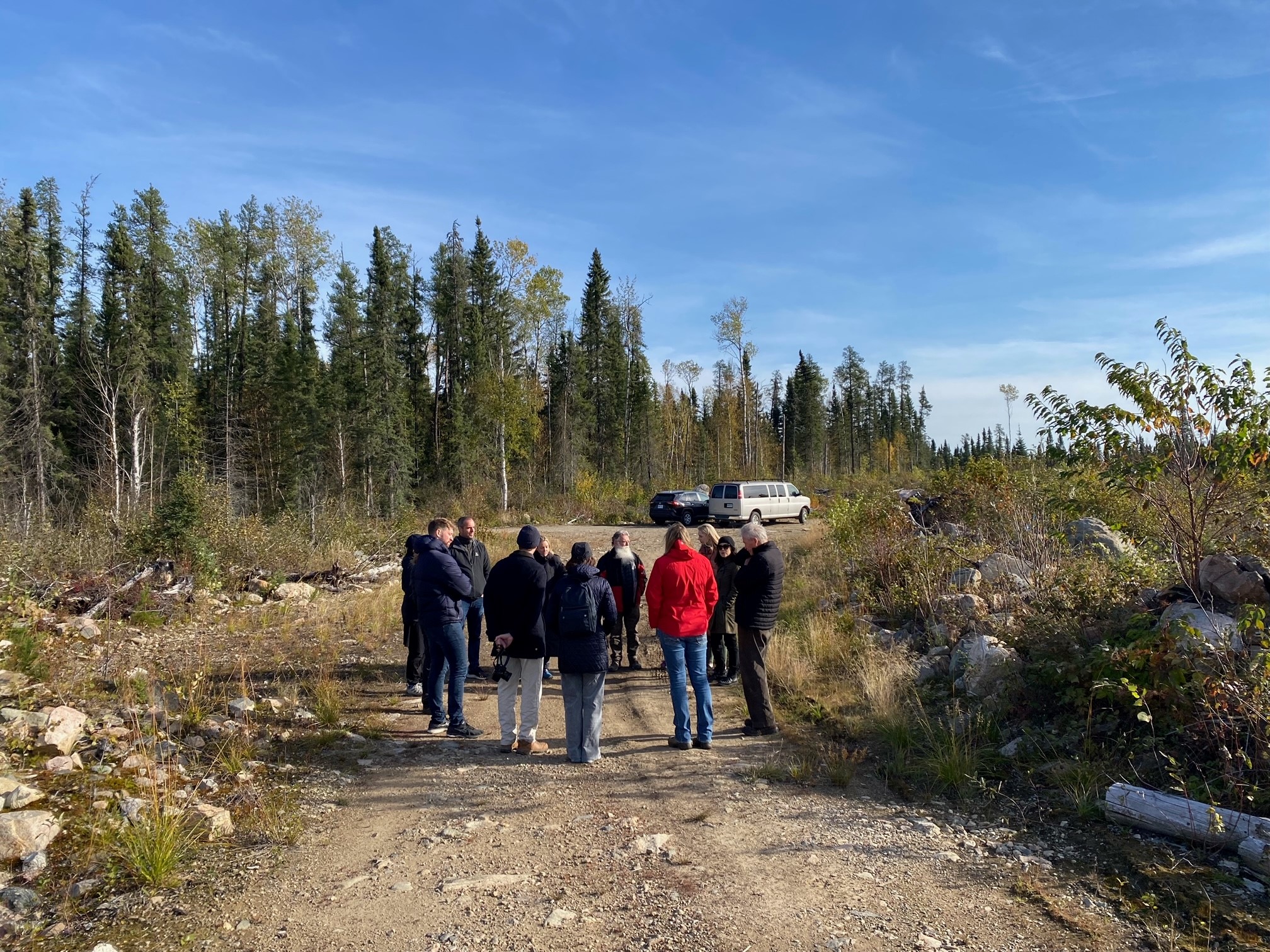
In Armstrong, we spoke with Bruce Hyer, who is known by many in the area as the Father of Wabakimi for his advocacy over decades to support the creation of Wabakimi Wilderness Park, among the world’s largest pristine paddling reserves.
Maurice Polin, former conservation manager of the Friends of Wabakimi, described the nonprofit’s work to protect the region’s caribou habitat, which includes five so-called crown-land forests. Though the forests are managed for sustainable use, they are vulnerable to human impacts such as roads and logging, Hyer and Polin explained.
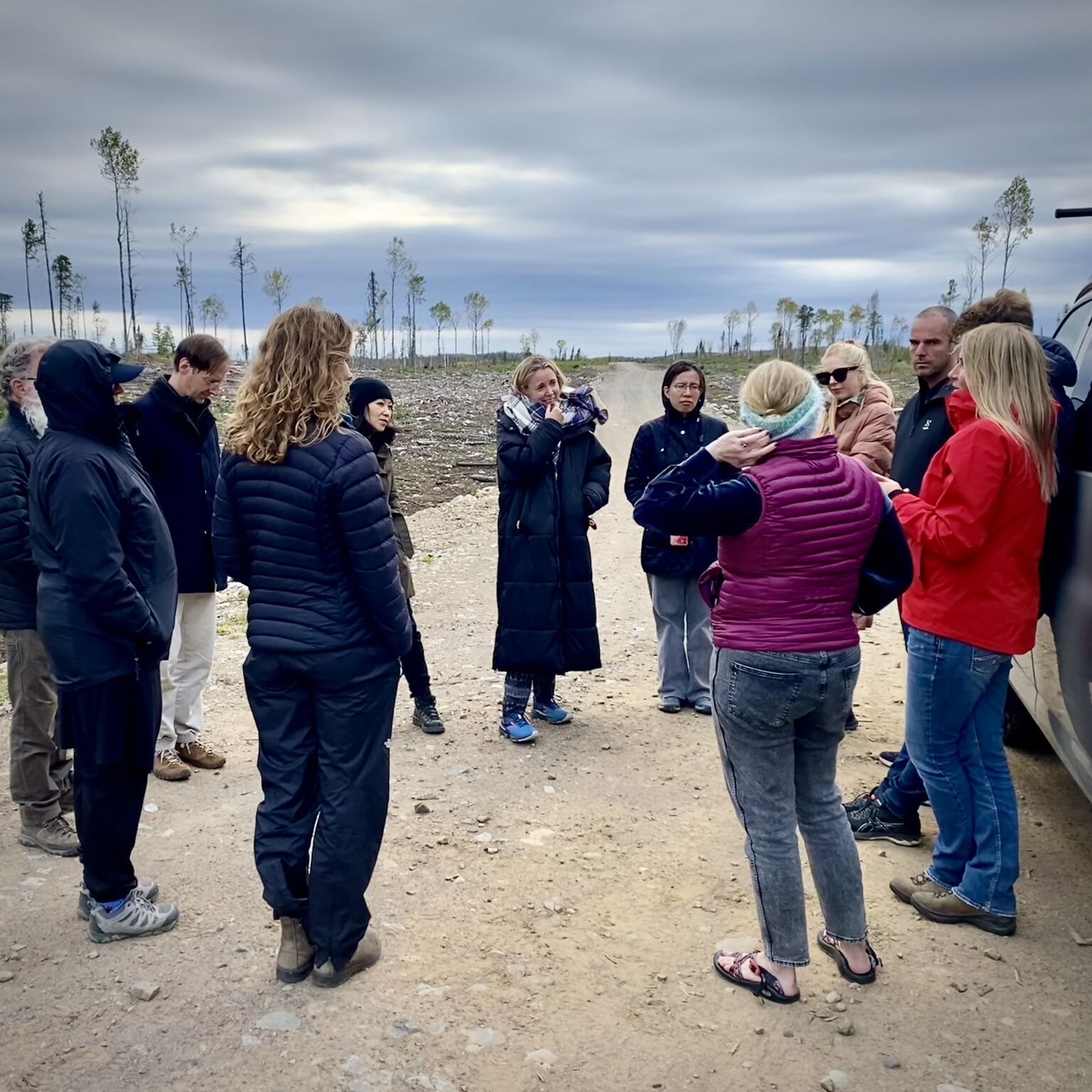
As our conversations in the boreal suggest (and as the analysis from Canbury concludes), addressing the threats to the forest threats requires nuance because the impacts on it are interrelated and complex.
More broadly, the Canbury report offers a call to action for investors to integrate nature-positive outcomes into their stewardship strategies. Investors who proactively engage with companies on these issues can help strengthen the resilience of their investments in a climate-sensitive region, catalyze systemic changes to protect the ecological integrity of the boreal forest and ultimately preserve climate stability for future generations.
